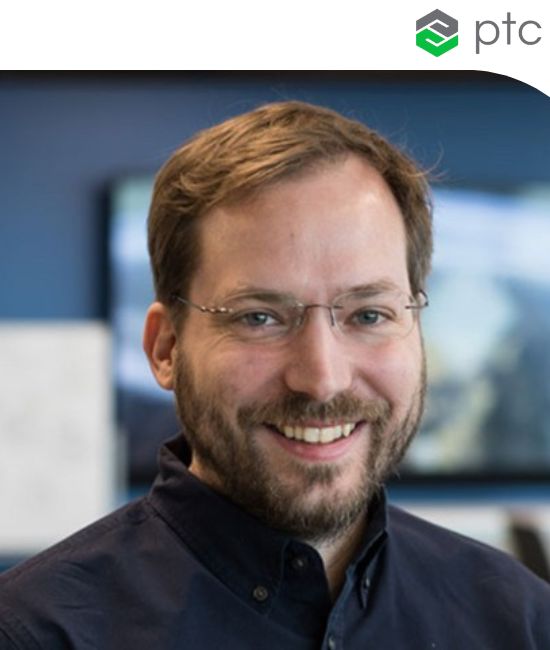10:50 AM - 11:10 AM
Description
In this session, Matt will take a look at how the major AR Cloud platforms have practically built the first pieces of the AR Cloud and how it is enabling new services to fulfill the potential of AR today. Plus what still needs to be built, how long will it take and who will win the market?
Speakers

Related Sessions
11:10 AM - 11:30 AM
Description
Technologists in industries from retail, to medical technology, to gaming, to manufacturing are scrambling to keep pace in the rapidly expanding world of augmented reality (AR) and virtual reality (VR)—collectively known as XR. This rush for revolutionary technology is particularly exciting for developers who are eager to find new ways to deliver immersive experiences to end users. We are just on the cusp of a new frontier of XR applications and experiences, with limitless potential for innovation; however, significant barriers to the growth of this frontier exist. Fragmentation hurts the end user and causes confusion: “Will the next hot title come to the platform I purchase?”; “Will the next innovative controller be supported?”; “Will my platform remain relevant going forward?” Consumers are left uncertain as to what kinds of software and hardware they should invest in. This hesitancy kills consumer interest, further hindering the AR/VR industry’s ability to grow. OpenXR is the cross-platform standard for the VR and AR ecosystem, which helps applications run on a multitude of platforms, and allows hardware manufacturers to gain access to a broader range of pre-existing content. This presentation looks at what is will take for success in this new XR frontier and the role that open standards and ecosystems plays in getting software and hardware developers to common ground.
Speakers

11:30 AM - 11:50 AM
Description
Near-eye displays – like those in augmented, virtual, and mixed reality devices – project virtual objects and information in close proximity to the human eye, sometimes encompassing the user’s entire field of view. This proximity not only creates immersive visual experiences, but also enhances defects like poor contrast, nonuniform brightness or color, line and pixel defects, low image clarity, and image positioning issues. To accurately test the quality of displays that are viewed so near to the eye, a display measurement solution should take into account the position, limitations, and characteristics of the human eye within the unique viewing environment of an XR headset.
In this presentation, Davis Bowling from Radiant Vision Systems will describe an innovative imaging solution for near-eye display testing that replicates human vision for the most accurate evaluation of the user’s visual experience.
Topics include:
· Challenges of near-eye display measurement
· Important optical design features that allow imaging systems to replicate human vision within headsets
· Radiant’s AR/VR display measurement system and software analysis capabilities
An audience Q&A with representatives from the Radiant team will follow the presentation.
Speakers

11:50 AM - 12:10 PM
Description
To enable ubiquitous spatial AR (AR Cloud) a refreshing and accurately localizing Digital Twin is needed. It is not an easy task to create a localizing Digital Twin let alone to use your standard mobile phone(s) to do it. This talk is elaborating the process of creating a City Scale Digital Twin in Helsinki, Finland. Also covered is the tools available, skills needed and how to move the next level.
Speakers

12:40 PM - 01:00 PM
Description
The future of augmented reality lies beyond specific use cases, applications, or even a single application. It involves a mindset change, a novel scope of user experiences, and a platform requirement. We must shift from augmenting individual objects with single user experience applications and begin to look at AR from an architectural scale. That starts with examining connected experiences that help guide people and make spatial data accessible within its spatial context. This allows the user to feel an intuitive connection with computing. In this session, Valentin Heun will provide a deep understanding about, and shares demonstrations of, our next important moves in an augmented reality industry exploring this most powerful paradigm: Spatial Context.
Speakers
